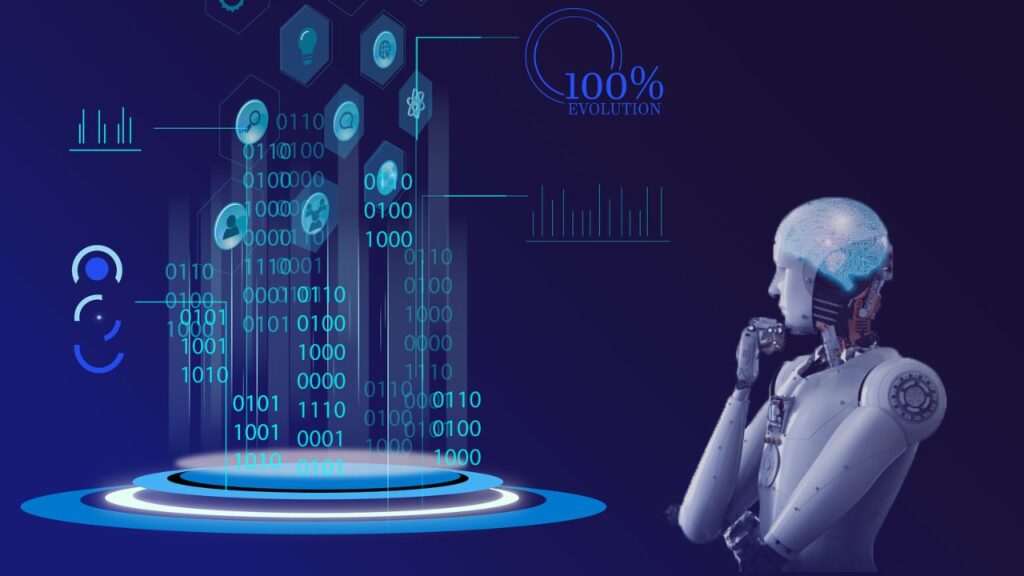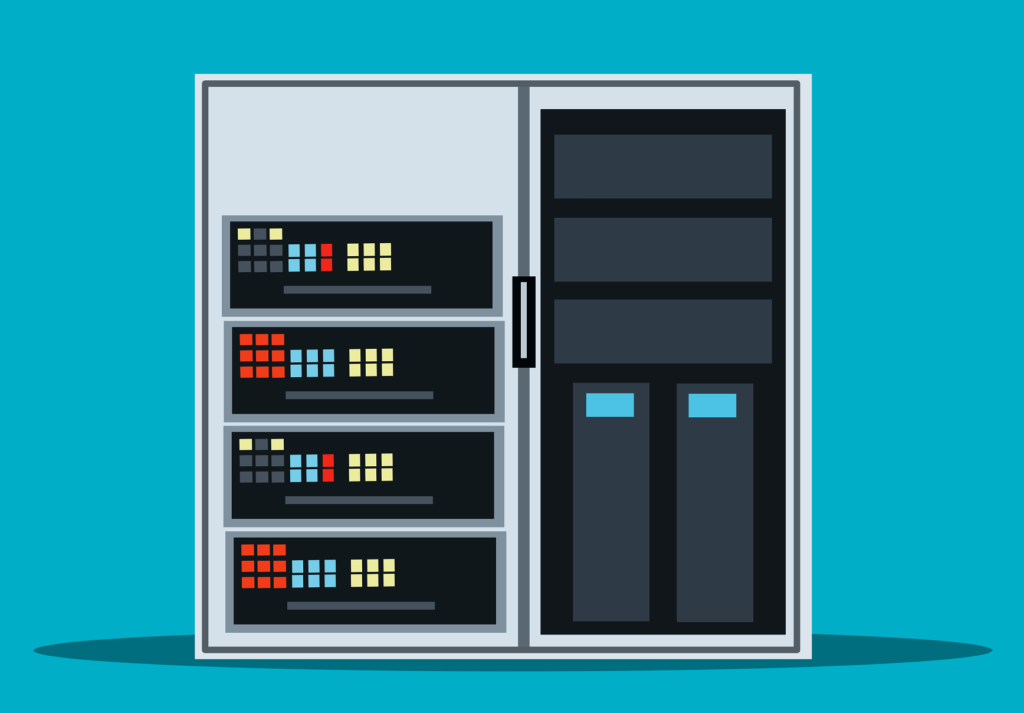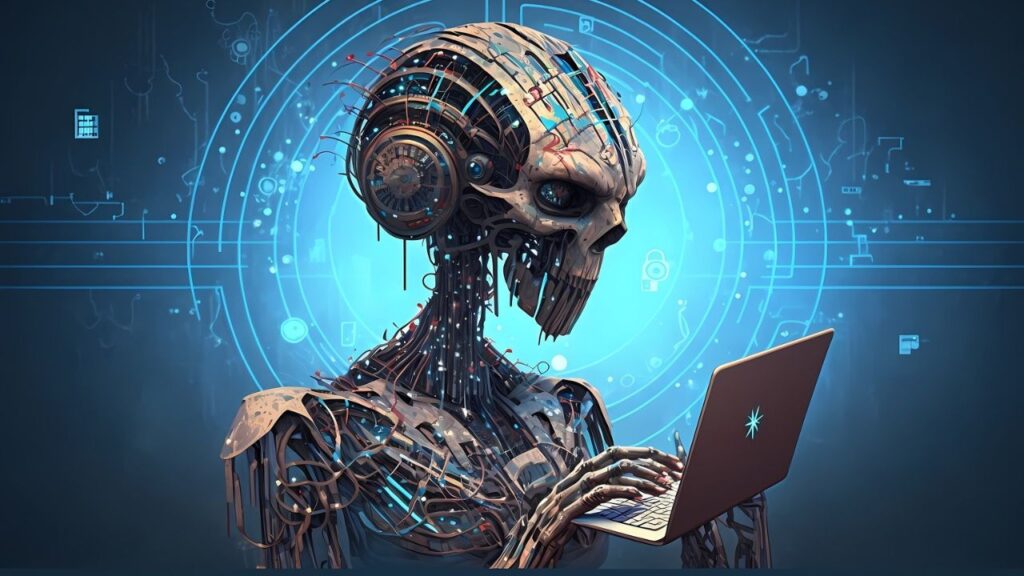In this artificial intelligence dominant age, you can see the applications of deep learning (DL) and machine learning (ML) in almost every field.
From Tesla manufacturing self-driving vehicles to Instagram curating user-relevant Feeds and Netflix recommending movies or web series that subscribers want to watch, the algorithms of ML and DL are transforming the world into a much more advanced and innovative realm.
Together, DL and ML can empower AI-driven tools to expand the horizon of innovation.
Many people mistakenly consider deep learning and machine learning as the same buzzwords with the same meaning. However, in reality, these two terms differ but are related.
In this article, we will explore Deep Learning vs Classical Machine Learning, what they are, their types, examples, and much more.
What is Machine Learning?
The term coined in 1959 by Arthur Samuel, Machine learning is a vital subset of artificial intelligence that aims to enable computers to learn from data.
It can be described as the intersection of computer science and statistics wherein algorithms are used to allow computers to perform specific tasks without needing explicit programming.
Instead, computers leverage machine learning to recognize patterns in the data, generate essential insights, and solve complex problems.
Often, human engineers feed computers the structured data, and these devices learn to evaluate and act on the input data over time. Once programmed with machine learning algorithms, a computer can indefinitely take in new data, sort it out, and act on it without human intervention.
How Does Machine Learning Work?
Machine learning is basically an algorithm that enables software and computers to recognize and learn patterns and relationships with the help of training data. An ML model continues to learn from the historical data it obtains via user interaction and, thus, improves over time.
Once the engineer trains the AI-powered device and optimizes its performance, it learns to follow a standardized process. The ML-powered AI device will:
- Receive new data through a user query.
- Analyze the received data.
- Find a pattern and generate insights.
- Make a prediction.
- Send an appropriate answer back to the user.
What are Different Types of Machine Learning?
Machine learning further breaks into supervised, unsupervised learning, and reinforcement learning:
-Supervised Learning
Supervised learning requires continuous human participation. Human engineers feed computer training data and a model exclusively designed to teach the device how to respond to the input data.
Once the model is in place, engineers feed more data into the computer to see how well it responds. Furthermore, the programmer or data scientists confirm whether the computer leveraging machine learning makes accurate predictions, and if not, corrections are issued.
-Unsupervised Learning
Unsupervised learning takes this whole process a step further by utilizing unlabeled data. There is no human intervention, and computers can find patterns and associations freely, often producing results that might be unapparent to human data analysts.
-Reinforcement Learning
The reinforcement learning method involves a trial-and-error approach, allowing a computer to learn using feedback.
The computer is fed training data, and to fine-tune it, human engineers reward the system’s correct answers and punish the inaccurate responses. Moreover, when the system answers incorrectly, the human engineer inputs the correct answer.

What are the Examples of Machine Learning?
Let’s learn the example of how machine learning powers music and video streaming services. For Apple Music, Spotify, Amazon Prime, YouTube, or any other music and video streaming platform to recommend new songs, artists, movies, or shows to the user, ML algorithms associate the user’s preference with other users with similar tastes.
What is Deep Learning?
Deep learning algorithms are a sophisticated and mathematically complex approach to machine learning. This field has been gaining much traction over the past few years, and for good reason.
Recent developments have produced results that were considered impossible before. Therefore, deep learning is forecasted to acquire a market size of 298.38 billion dollars by 2032.
A subset of machine learning, deep learning is modeled after the human brain. Data scientists and engineers have built complex and multilayer neural networks to allow data to be passed between nodes in extremely connected ways.
This entire process works similarly to how neurons work in the human brain. Moreover, this results in a non-linear data transformation that is increasingly abstract.
While the deep learning approach takes enormous volumes of data to feed and build such AI systems, it helps generate immediate results, with little to no human intervention once the programs are deployed.
How Does Deep Learning Work?
Deep learning systems work using artificial neural networks, i.e., a layered structure of algorithms. An engineer enters the unlabeled data into the computer and sends it through the hidden layers of the artificial neural network. It further uses mathematical operations to recognize patterns and develop the final response.
What are Different Types of Deep Learning Algorithms?
The following discussed are commonly used deep learning algorithms:
-Convolutional Neural Networks
CNN, abbreviated for convolutional neural networks, are algorithms that function like the visual processing system of the human brain. These neural networks apply a weight-based filter and assess components like texture, patterns, shapes, and colors to process images and detect objects.
This deep learning algorithm often powers computer vision and image recognition- two vital fields of AI that enable machines to process the visual world.
-Recurrent Neural Networks
RNNs, abbreviated for recurrent neural networks, are AI algorithms that remember past data points by leveraging built-in feedback loops. These deep learning algorithms use their memory to inform their understanding of current events and predict the future. Moreover, they are specifically used to sequence data and process one data point at a time.
-Multilayer Perceptron
MLPs, abbreviated for multilayer perceptrons, are a type of deep learning algorithm classified as a feedforward neural network.
A feedforward neural network means that information an engineer inputs into the system flows in a single direction without using feedback loops. It further makes MLPs better at processing unpredictable data and patterns.
Furthermore, MLPs are majorly used to recognize speech, classify images, solve regression problems, etc.
What are the Examples of Deep Learning?
One famous example of deep learning is AlphaGo. AlphaGo is a computer program developed by DeepMind Technologies with its neural network that excels at “Go” (a strategy game). With deep learning, this program learned to play Go and defeated many world-renowned Go masters.
Playing against professional Go players enabled AlphaGo’s deep learning model to identify patterns and maneuvers quickly that AI never witnessed. Moreover, the program did the same without manual instructions on what move to make and when.
Deep Learning vs Classical Machine Learning: Knowing the Difference
Since machine learning and deep learning are the subsets of artificial intelligence, many people think they are the same. However, only a few know that deep learning is a subset of machine learning, making it an advanced ML technique.
Moreover, each has its applications. However, deep learning solutions require more resources than machine learning solutions, such as infrastructure requirements, larger datasets, and subsequent costs.
This section uncovers some key differences between machine learning and deep learning with examples:
-Intended Use Cases
Deciding between using machine learning or deep learning depends on the data type you want to process.
ML uses structured data to identify patterns, like classification and recommendation systems. For example, an enterprise can utilize machine learning to predict when a customer will make a purchase based on past customer cart data.
In contrast, deep learning solutions are best suited to identify patterns from unstructured data as they need a high level of abstraction to extract features. Tasks for deep learning can include natural language processing and image classification.
Such tasks require machines to recognize the complex relationships between data objects. For example, a deep learning solution can help determine user sentiments better by analyzing social media mentions.
-Training Methods
Machine learning uses four main training methods, including supervised, semi-supervised, unsupervised, and reinforcement learning.
On the other hand, deep learning algorithms use many types of complex training methods, including convolutional neural networks, recurrent neural networks, autoencoders, generative adversarial networks, and more.
-Problem-solving Approach
Classical machine learning usually requires feature engineering, with humans manually selecting and extracting features from raw data and then assigning weights. On the other hand, deep learning algorithms perform feature engineering with little to no human intervention.
Moreover, deep learning’s neural network architecture design is much more complex. The way DL solutions learn is modeled based on how the human brain functions, with nodes representing neurons.
Deep neural networks are composed of three or more layers of nodes, which include input and output layer nodes.
Every node automatically assigns weights to every feature. Information flows through the network from input to output, and the difference between these two is calculated. Furthermore, this error is backpropagated via the network to adjust the neurons’ weights.
A model needs to solve more DL operations than in ML because of the depth of architecture levels, automatic weighting process, and techniques used.
-Human Involvement
Both machine learning and deep learning solutions require human involvement to function, but the amount can vary. Human engineers, data analysts, or data scientists need to define the problem, prepare data, train a computer or model, evaluate the output, and optimize and deploy a solution.
It can be easier for individuals to interpret machine learning programs as they are derived from simple mathematical models like decision trees. In contrast, an individual might take a significant time to analyze deep learning models in detail as they are mathematically complex.
-Performance
Both deep learning and machine learning have their use cases where they perform better than each other.
Machine learning is suitable for performing simpler tasks, such as identifying incoming spam messages. On the other hand, deep learning solutions can outperform ML solutions when performing complex tasks, like medical imaging recognition.
It’s possible because DL solutions are designed to identify abnormalities not visible to ML programs or even the human eye.
-Infrastructure Requirements

Now that deep learning models are more complex and need larger datasets; they demand more computational power and storage than machine learning models. These models can’t function without high-performance clusters and other cutting-edge infrastructure.
On the other hand, machine learning data and models can efficiently run on a single server cluster or instance. Moreover, higher infrastructure requirements for DL models often lead to higher costs than machine learning solutions.
Difference Between Classical Machine Learning and Deep Learning in Tabular Form
Let’s summarize and learn more differences between classical machine learning and deep learning in the tabular form:
| Classical Machine Learning | Deep Learning |
| Classical machine learning is known to be a deep learning superset. | Deep learning is known to be a machine learning subset. |
| Machine learning is the evolution of artificial intelligence. | Deep learning is the evolution of machine learning. |
| Machine learning represents data differently than deep learning as it uses structured data. | Deep learning represents data differently than machine learning as it uses neural networks (ANN). |
| It comprises thousands of data points. | It comprises big data, i.e., millions of data points. |
| The output is in numerical value, like score classification. | Output can be anything, such as numerical value or free-form elements (sound, free text, etc.). |
| Setting up ML systems is easy, but their effectiveness might be constrained. | DL algorithms need additional setup time but can produce results immediately. |
| Data analysts detect algorithms to examine certain variables in data sets. | Algorithms are self-depicted on data analysis after they are put into production. |
| It solves relatively simple problems and is used to learn new things. | It solves complex ML problems. |
| ML models need more human intervention to get results. | DL models need less human intervention to get results. |
| CPUs can be used to perform training. | A dedicated GPU is used to perform training. |
| It utilizes many types of automated algorithms, enabling the model to function and predict futuristic actions from data. | It utilizes a neural network that passes data through processing layers and enables the model to interpret features and relations. |
| ML models are small in size and, thus, take less time to train. | DL models use big data points and thus take more time to train. |
| ML applications are simpler and can be quickly executed on standard computers. | DL learning systems use more powerful hardware and resources. |
| Human engineers specifically do feature engineering | Since neural networks can automatically detect vital features, DL models don’t need feature engineering. |
| ML algorithms can range from simple linear to complex models, like random forests, decision trees, etc. | DL algorithms are based on ANN (artificial neural networks), consisting of multiple nodes and layers. |
| ML involves training algorithms to recognize patterns and relationships in the input data. | DL models use complex neural networks to analyze more intricate patterns and relationships in the input data. |
| Mailboxes, medical institutions, or banks employ ML. | DL is used for self-driving cars, surgical robots, etc. |
Final Words
What once seemed science fiction has become a reality with several machine learning and deep learning solutions touching almost every aspect of everyone’s life. These two technologies are the significant driving force behind AI transforming the world.
Now that you have explored Classical Machine Learning vs Deep Learning, you might have a fair understanding of when to use what.
ML models are appropriate for solving minor problems with limited hardware capabilities. In contrast, DL solutions have been designed to solve complex problems using human brain-like neural networks.
We hope the above guide on “deep learning vs classical machine learning” was helpful to you. If you think it’s worth sharing, don’t hesitate to use the social sharing buttons provided below to share the guide with others.




